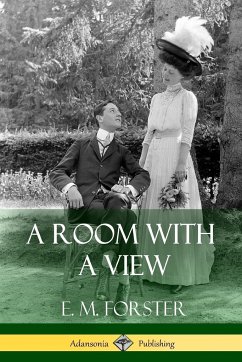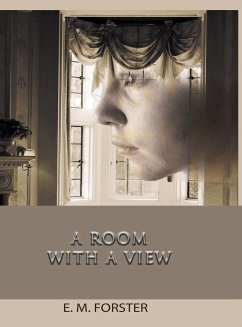A Room with a View follows Lucy Honeychurch, a young lady living within the constraining society of Edwardian England. First published in 1908, this novel acts both as an inspiring romance and drama as well as a sharp critique of the social mores cultivated during the Edwardian era. The story itself commences in the Italian city of Florence, where the differences in environment and culture leave a lasting impression upon the young Lucy, despite the presence of her obtrusive elder cousin Charlotte. Lucy later encounters George, a sensitive young man who instinctively acts to awaken Lucy to break free of her stifling social situation and savour a different culture and life. George is deeply contrasted with Lucy's other suitor, the proper and courteous Cecil, who in many ways personifies the stifling Edwardian society in which much of the novel takes place.
Hinweis: Dieser Artikel kann nur an eine deutsche Lieferadresse ausgeliefert werden.
Hinweis: Dieser Artikel kann nur an eine deutsche Lieferadresse ausgeliefert werden.








